Steel plants drain power
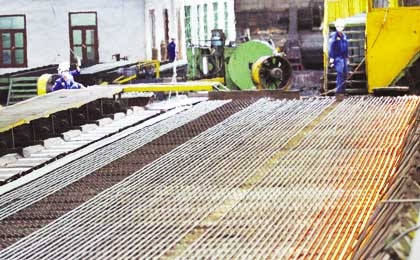 |
| The explosion in steel plants has coincided with power shortages |
The group claimed steel plants’ massive use of power was one of the reasons behind the country’s chronic power shortage.
In a proposal lodged with the prime minister, EVN said it was selling power to local steel mills at an average 4.78 US cents per kWh, compared to the 8.12 cents sold by Thai power suppliers to steel millers in that neighbouring country, 14.1 cents in Singapore and 6.7 cents in Indonesia.
This indicated many foreign steel producers were making use of Vietnam’s cheap power prices to invest for exports, the group said.
EVN also asked the government to instruct ministries and local authorities to strictly control the implementation of the national master steel development plan in 2007-2015 with a vision to 2025 which already took into account power supply capacity.
According to EVN’s general director Pham Le Thanh, uncontrolled steel project investment had broken the master plan, requiring an enormous amount of electricity to run the steel mills. “[That] has made power producers face lots of difficulties in building power supplying networks in accordance with the national power development plan and to ensure supply as well,” Thanh said.
EVN data showed that steel plants across the country consumed around 3.5 billion kilowatt hours of power annually, making up nearly 10 per cent of power supplied for local industry and construction sectors.
“With such a huge demand, the power sector will have to invest some VND35 trillion ($1.79 billion) in building plants, power stations and transmission lines of between 110-500kV to be able to ensure supply [for steel projects],” he said.
The Ministry of Industry and Trade calculated that by mid 2010 there were 65 steel projects with a capacity of more than 100,000 tonnes per annum in Vietnam. That did not include plants managed by the state-run Vietnam Steel Corporation.
Of that, 58 projects are run by local investors, while the remaining seven projects are invested in by foreign enterprises.
However, only 26 per cent of the projects are in the government’s master steel development plan. The remaining 74 per cent are out of the plan, with only several receiving nods from the MoIT or the prime minister.
“Excessive investment in steel manufacturing in some provinces has broken the electricity development plan in those localities as they had to adjust the power projects’ capacity and number [to meet the demand],” Thanh said.
Thirty cities and provinces have registered steel manufacturing projects, including Ba Ria-Vung Tau with 15 projects, Haiphong (nine), Phu Tho (four) and Ha Tinh (four). Other provinces comprising Thai Nguyen, Hai Duong, Danang, Thanh Hoa and Hung Yen each have three projects. The remaining localities have between one to two projects.
Southern Ba Ria-Vung Tau province, which has the biggest number of steel projects in Vietnam, has regularly adjusted its power development plan since 2006 because of high demand from local steel mills.
Among the 15 projects in Ba Ria-Vung Tau, five projects have already commissioned while two others are to start construction. The remaining eight projects have not been put into construction. The local industry and trade department said that the five operational steel projects consumed one-third of the province’s power.
In late August, the provincial steel project inspection team proposed local authorities withdraw licences of three steel projects which had an accumulative capacity of 1.5 million tonnes of billets and 1.2 million tonnes of rolled steel per annum because of concerns over environmental pollution, slow pace and planned-capacity surpassing.
“The majority of steel plants are running at less than 50 per cent of their designed capacities, which demonstrates that the development of new steel projects needs to be seriously considered,” Thanh said.
What the stars mean:
★ Poor ★ ★ Promising ★★★ Good ★★★★ Very good ★★★★★ Exceptional
Related Contents
Latest News
More News
- Nhon Trach VI Industrial park welcomes new high-quality warehousing facility (November 03, 2024 | 20:19)
- Long-term funds to address logistics cost (November 03, 2024 | 19:52)
- C.P. Vietnam joins PPP to promote transformation of food industry (November 02, 2024 | 10:04)
- Hung Yen propels investment in Germany and the Netherlands (November 02, 2024 | 09:54)
- 2024 may be Vietnam's most successful year for FDI (November 01, 2024 | 16:10)
- Logistics supply chain efficiency on the rise (October 31, 2024 | 17:27)
- Digital transformation to compete in challenging logistics market (October 31, 2024 | 17:20)
- FDI success promising in light of fresh plans (October 31, 2024 | 17:12)
- Vietnam's logistics sector confronts new challenges (October 31, 2024 | 14:40)
- VinFast to secure $1 billion funding led by Emirates Driving Company (October 31, 2024 | 11:12)



 Tag:
Tag:
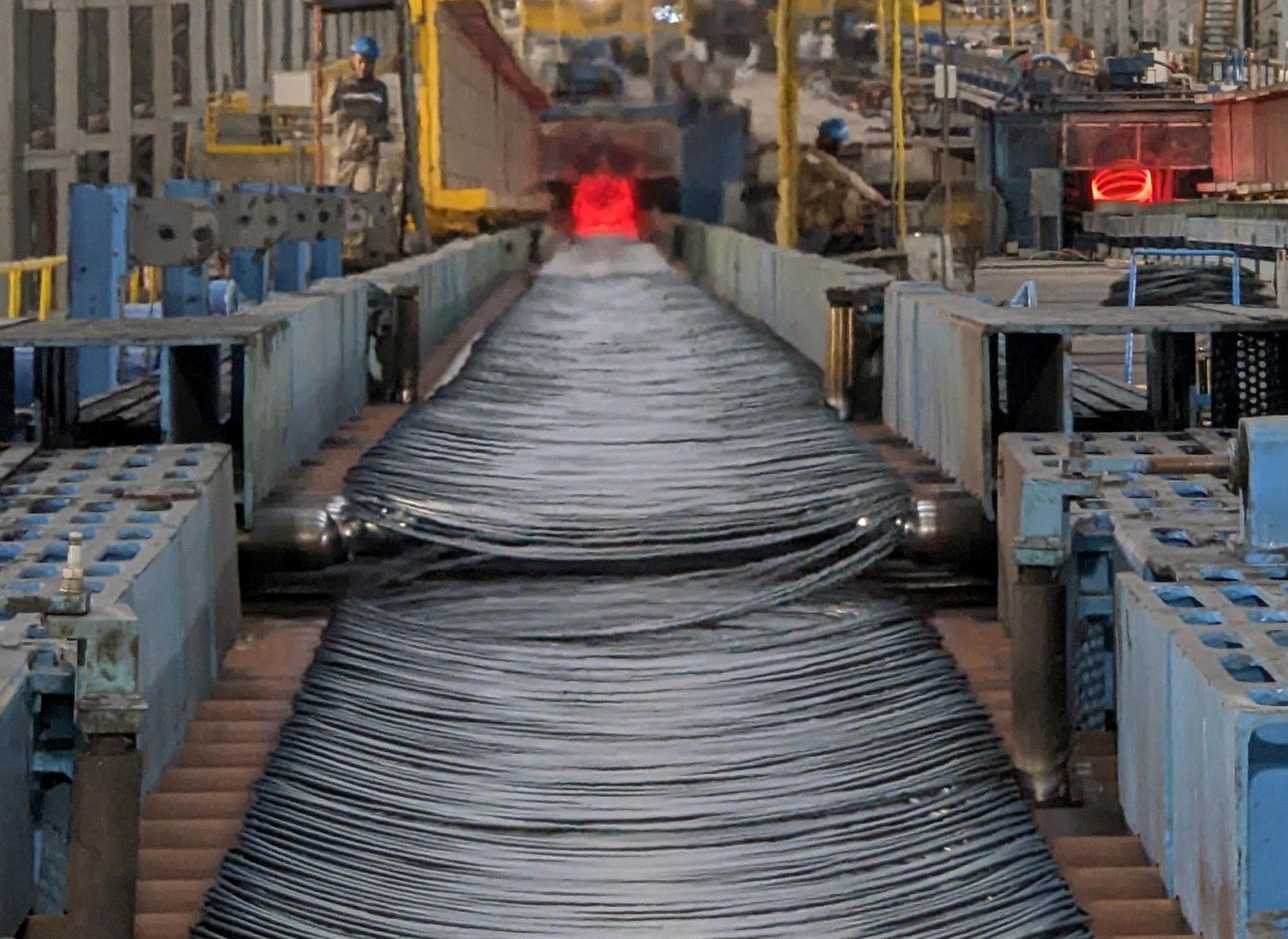

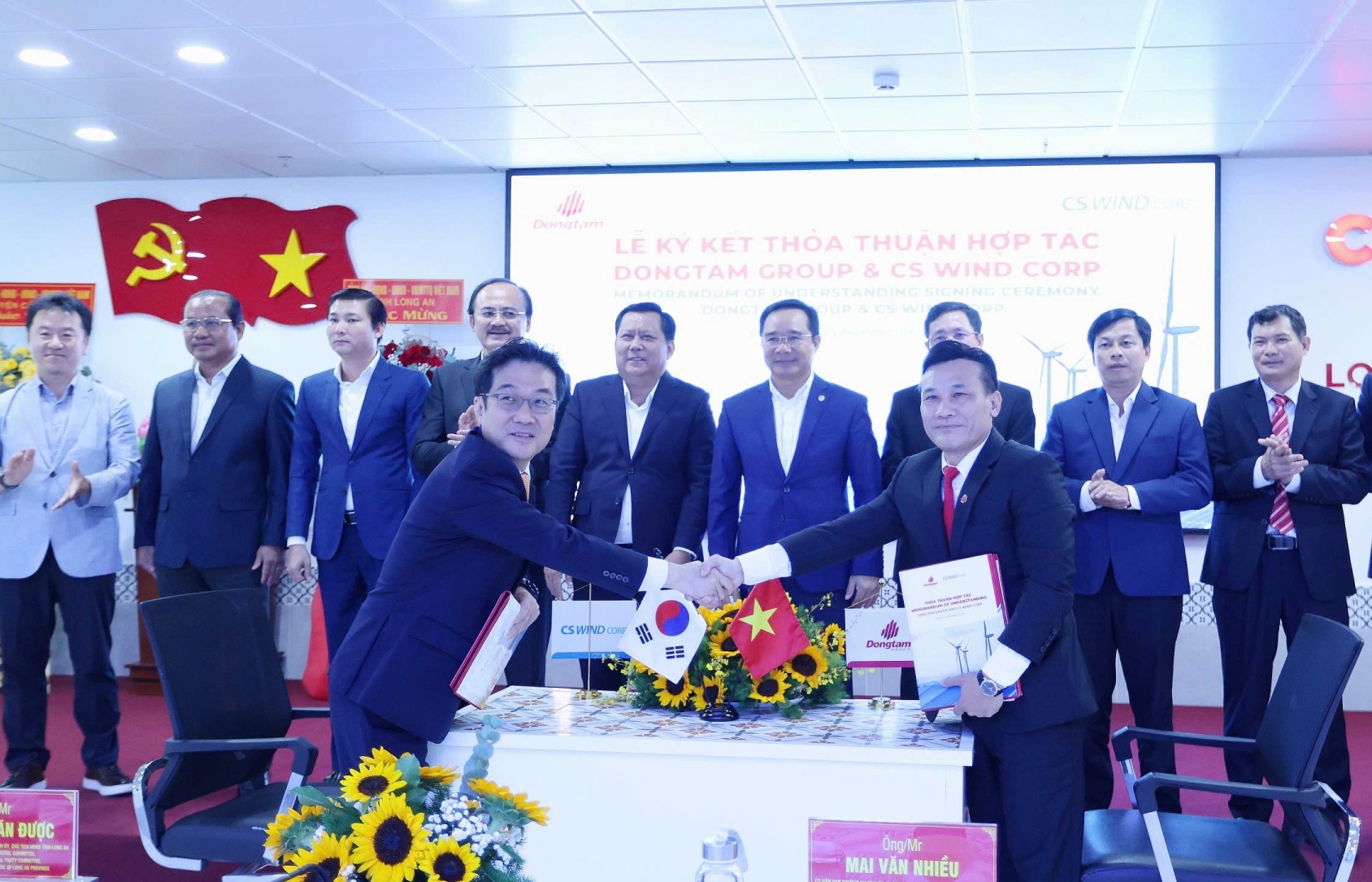
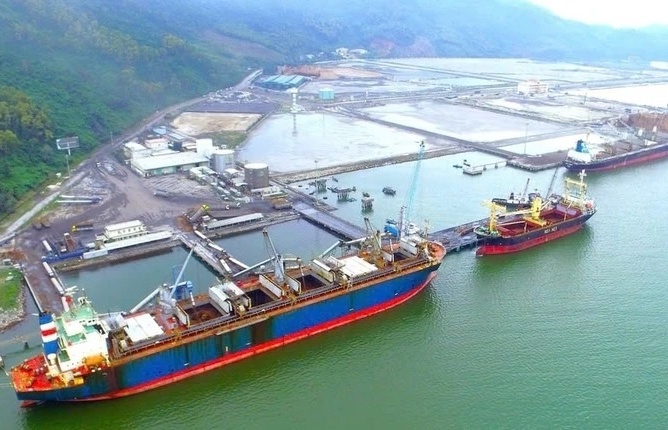
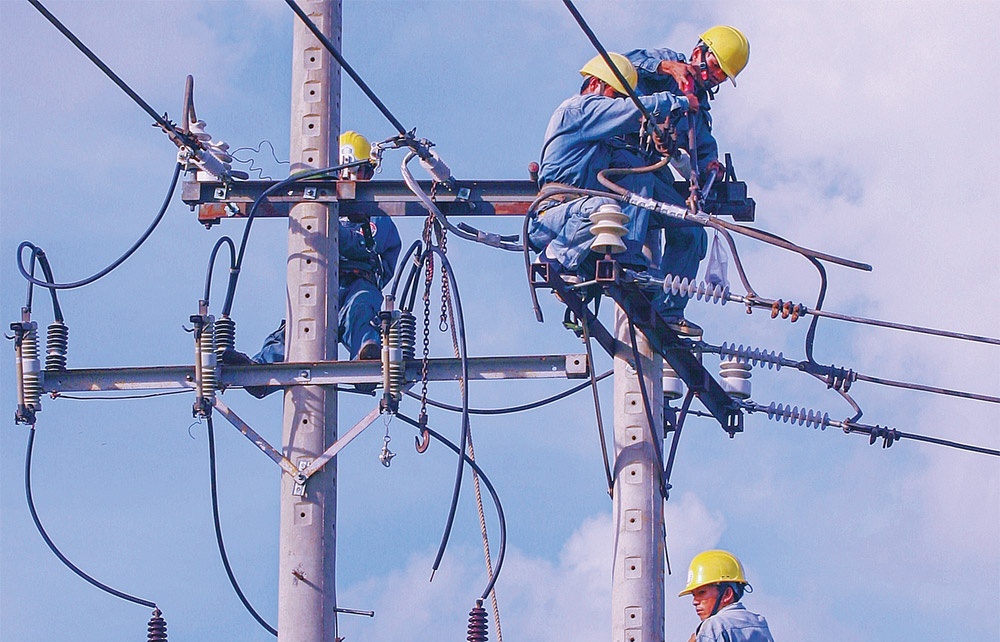
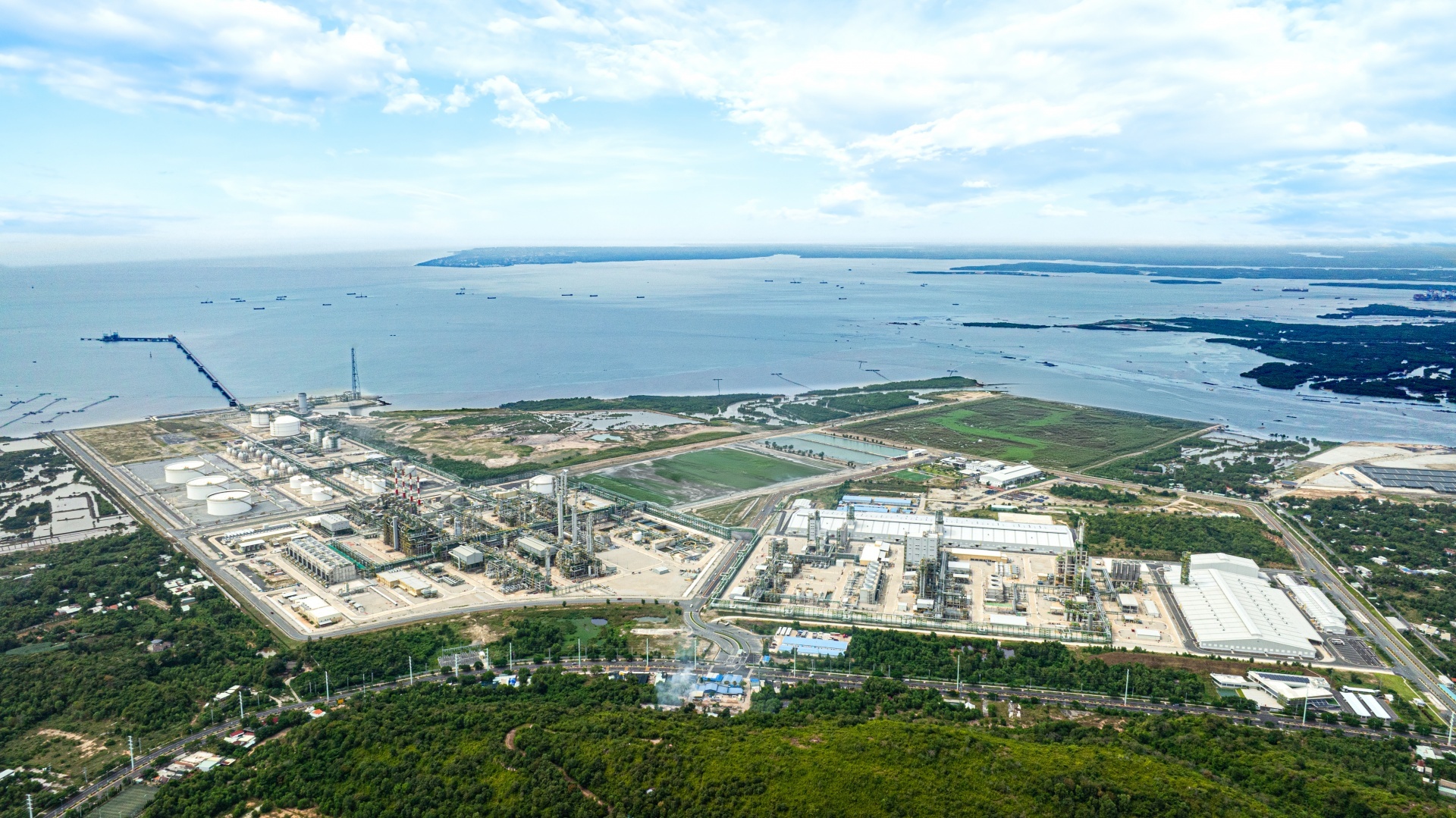

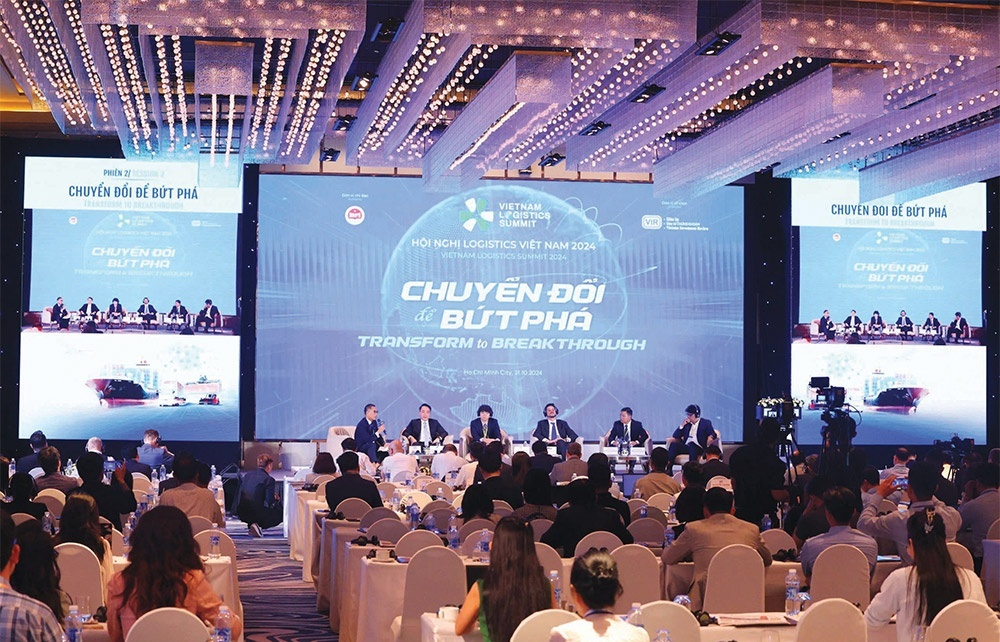

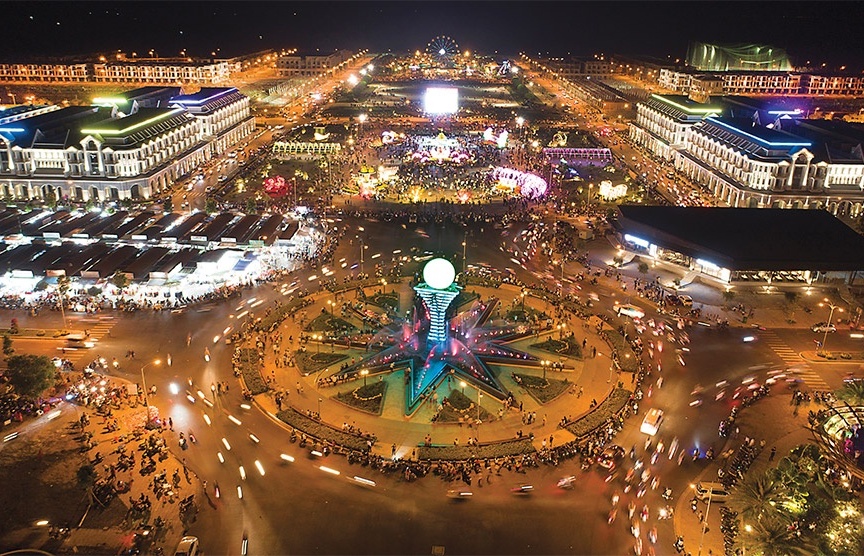
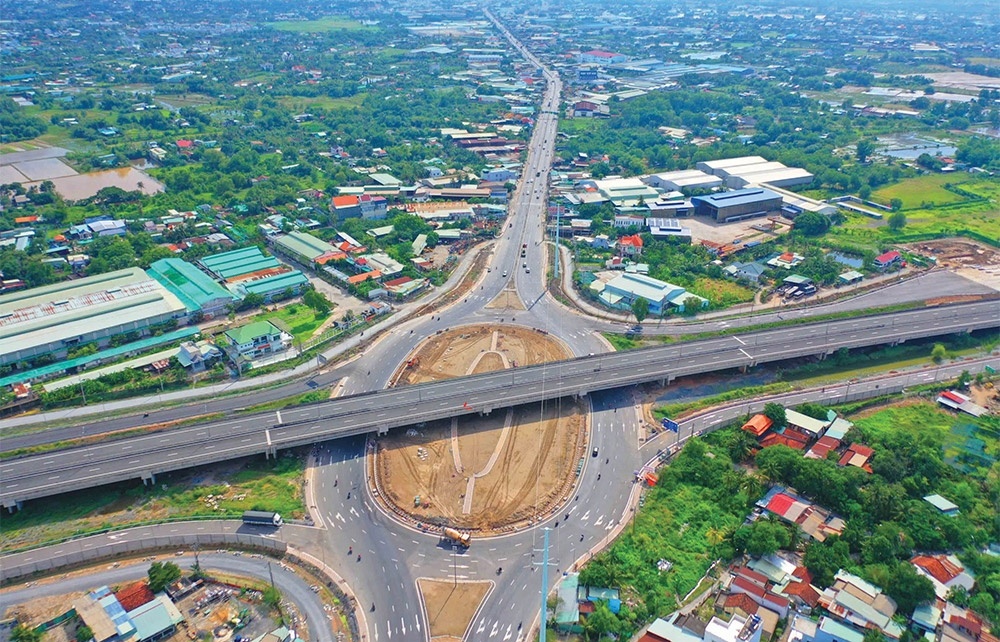










 Mobile Version
Mobile Version